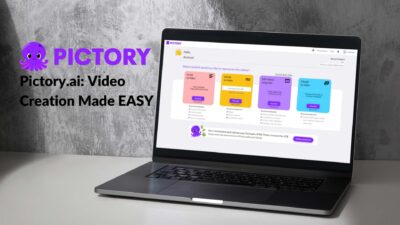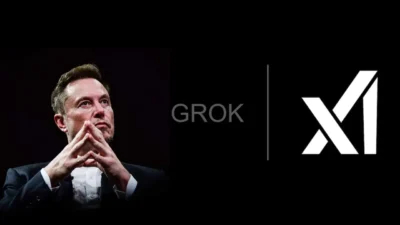The Google Glass was highly anticipated as a groundbreaking invention with the potential to revolutionize our daily routines. The device had a sophisticated appearance and a hands-free interface. It also incorporated augmented reality (AR) technology, providing a glimpse of a futuristic experience.
Nevertheless, despite generating significant excitement and envisioning a grand future, Google Glass ultimately fell short of captivating the consumer market and achieving broad acceptance. Google Glass encountered multiple obstacles that led to its failure. For instance, it lacked a specific use case and safety apprehension and did not have an established market. Additionally, pricing issues hindered the success of Google Glass.
Enter Apple’s Vision Pro
Numerous failed projects have left a trail of disappointment throughout the history of mixed, virtual, and augmented reality goggles. There have been multiple instances of augmented reality and virtual reality products that were heavily marketed but failed to fulfill their high expectations.
A significant challenge has been identifying practical applications for this technology that genuinely resonate with people or, better yet, address their actual needs. The captivating and interactive nature of augmented reality (AR) and virtual reality (VR) has predominantly found its most apparent fit within the gaming industry.
Developers and online casino operators have adopted AR and VR technologies in the gaming industry. In this sense, if you play real money slots online in Canada, you’ll likely find AR and VR games offering a more immersive gaming experience. The gaming industry has inspired other sectors to start adopting the technologies.
For Vision Pro to succeed, it has to right Google Glass’ wrongs, including:
Provide a Distinct Use Case
AR technology often encounters difficulties when it comes to resonating with the general public. Alternatively, its connection is merely temporary, serving as a passing trend or entertainment option.
Apple impressively showcased the Vision Pro by illustrating practical applications of the device that closely resembled how people commonly engage with computers rather than relying on unrealistic hypothetical scenarios. On Apple’s official website, individuals can be seen effortlessly browsing the internet and enjoying video content without conventional screens.
Price Could be a Hindrance
Apple may face difficulties convincing many users to try Vision Pro, given its high price. When adjusted for inflation, Vision Pro’s cost was almost five times higher than the initial launch price of the first iPhone in 2007.
Certain technology commentators propose that Apple should initially focus the first iteration of the Vision Pro on specialized users, such as architects. These architects can leverage augmented reality to envision the appearance of a building in its actual location. As technological advancements drive down the price in the future, subsequent generations of the device could be aimed at a broader user base, targeting mainstream consumers.
Microsoft used the targeted niche approach when it launched, Hololens, its own mixed-reality headset, in 2016. However, it was not so successful as it only sold 300000 devices.
Bottom Line
Apple has to overcome numerous challenges to ensure it can overcome challenges that hindered previous AR glasses. It seems to have started on the right note, but much work must be done to ensure its success.




